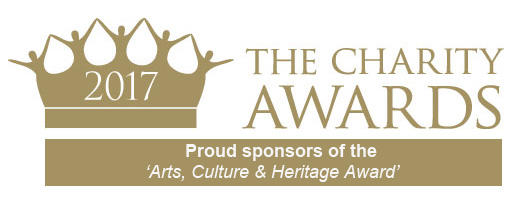Juliet Taylor looks at what is needed in the relationship between a charity's chief executive and its chair for it to last, and what can cause it to fail.
The relationship between the chair and chief executive is probably the most significant in any organisation and, as such, it has attracted a formidable reputation and mystique. Working well, it’s a powerful and transformative alliance. But when it fails, it has the potential to corrode, wreck, to derail progress and even bring organisations down altogether. Reference to this relationship can be loaded; yet it is still too often explained away as a product of governance and nothing more. In an age of disruption and increasingly challenging leadership tasks, what is needed for such a pivotal partnership to stand the test of time?
You need to have three things in place outside of the relationship to give it support.
Do you have the right strategy? Are you clear as a board that you know what good implementation of that strategy is going to look like? Are you on top of all the legal and regulatory responsibilities to which your organisation is subject? If so, you are doing well. Many organisations - especially smaller organisations, many of which exist in the arts, culture and heritage world - don't. Yet without these, there is no context in which the board can work, and no clear reason to engage with the executive team at all.
There are other non-negotiables that need to be in place too, which are about relationship.
Great personal chemistry is often celebrated where it exists in this partnership, but the notion that the partnership depends on it is a myth. While negative chemistry is a warning sign, there are other more important ingredients. Alignment of priorities and values, with shared vision, is key. Clear boundaries are also essential, although where the line is drawn makes little difference providing both parties understand ‘the deal’. Mutual trust based on respectful and free communication is a must. There are ‘enhancers’ of the relationship – strong personal chemistry and rapport and complementary skillsets – but they are not enough on their own.
“Assumption is the mother of all…”
Too few people carry out their due diligence – even at a basic level – prior to their engagement. In amongst a myriad of considerations, everyone quietly assumes that they can make the relationship work, that every role has the same content and the same boundaries. Everyone assumes everyone else knows what they’re doing. It’s all so obvious no one wants to ask. But misunderstandings about who does what can lead to problems later on. Achieving clarity at the start is essential.
Whose responsibility is it?
The chair should set the tone, and the chief executive – with an open and respectful attitude - must be prepared to walk out to meet them. Assume that only 70 per cent of experience will necessarily be transferable when a new chair joins. Another 15 per cent will never be transferable, while 15 per cent is transferable only if the new chair understands the cultural nuances of the organisation. But not understanding the nuances is enough to derail it. Consider this: “as chief executive, the only power you really have is to hand your notice in.”
Perhaps the starkest message of all is that the conditions for a successful partnership boil down to some very basic principles. Trace back through the events in the run up to very public relationship breakdown and you will surely find a lack of strategy and connection with what it's all about; breakdown of trust; too many assumptions made, a relationship that felt positive at the start but fell apart under pressure because of mismatched priorities. The good news, of course, is that it’s so basic it’s very easy to get right. With the basics in place, it’s a marriage that will stand the test of time.
To download the report, visit https://www.gatenbysanderson.com/our-expertise/charities-and-not-for-profit/
Civil Society Media wishes to thank GatenbySanderson for its support with this article
Juliet Taylor is partner and head of not for profit practice at GatenbySanderson










